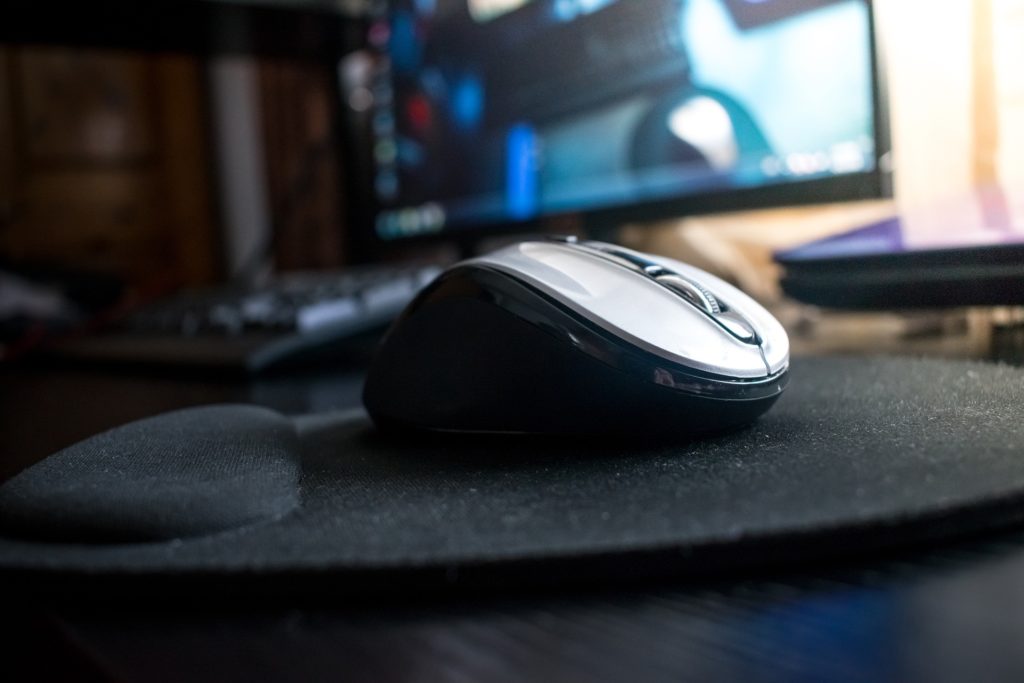Have you ever wondered why after continuous lectures or studying on a laptop causes discomfort in your back and makes you feel fatigued as if you did physical work? According to scientists, work is only done if there is an associated displacement. I am sure we all know that according to this definition, study is not entirely a physical work but we do count on it as a mental or cognitive work. Have you ever realised that adapting to certain habits while studying can make you feel less exhausted and burdened and at the same time cause less strain on your muscles which will eventually lead to lesser post-study fatigue.
Well, today we will highlight the specific field of movement science, ergonomics, which deals with designing the work-place or work-station (study station in our case) in such a way that it optimises performance without compromising the health of the individual.
This dedicated field of movement science calles the principles of health sciences, engineering and mathematical sciences to create a system where individuals express their maximum efficiency.
This article will walk you through how we can achieve good grades but not at the expense of our health and wellness.
Computer Vision Syndrome
It is no surprise that in this pandemic situation; where most of us have online classes or hybrid classes, the use of laptops and personal computers has become essential. However, with sustained computer use we are at increased risk of developing a complex condition consisting of burning eyes, eye strain, blurry vision and light induced headaches and migraines.

This myriad of symptoms can be easily prevented by customising our computer screens.
For instance, there should be a minimum distance of 20 inches between the computer screen and the face.
We can also use some over the counter ergonomics devices to help with our symptoms. including the blue light filter glasses and anti-glare screens to name a few.
Ergonomic Computer Mouse and Keyboards
Majority of the people nowadays prefer the use of laptops which come in an in-built trackpad. However, from an ergonomics standpoint, our elbows should be at the side of the body while working and be in a neutral position, a position which is not easily achievable if you are using a laptop’s track-pad since it is inclined towards the middle of the laptop.

This causes an increased incidence of developing painful musculoskeletal conditions like carpal tunnel syndrome. For this reason, a number of companies have developed an ergonomic mouse to address these problems.
These mice have a raised space to support the thumb and are curved on the outside.
On the contrary, it is very essential to test this product before we purchase since the thumb size should fit snugly, otherwise, it can be a hazard in itself. Another point worth considering is finding the best keyboard while working. Both keyboard and mouse should be in line or a little below the elbows and for long-term workers an arm rest is also indicated to prevent fatigue.
Ergonomic Desk Setup and Posture
For students, a sitting desk should be one that allows enough room between the knees and underside of the desk. Another point worth considering is that the chair height should not be so small or big that one must reach out their arms for typing in on the desk.
The knees should be angled at 90 degrees and for comfort a footrest can be used to prevent fatigue in lower limb muscles.
One of the most common problems associated with working on a desk is the back pain and spasm of neck muscles. These are easily preventable by adapting an upright posture instead of a slouching one.

It is also important that the chair we use also has a backrest to support the natural curves of the spine and for this, a number of ergonomic chairs are available which you can choose from.
As they say you become what you study, so make sure you are also studying and caressing your body with the attention it deserves, because your body also needs the highest grade in health along-with your academic scores.
Written by Mariam Maqsood







